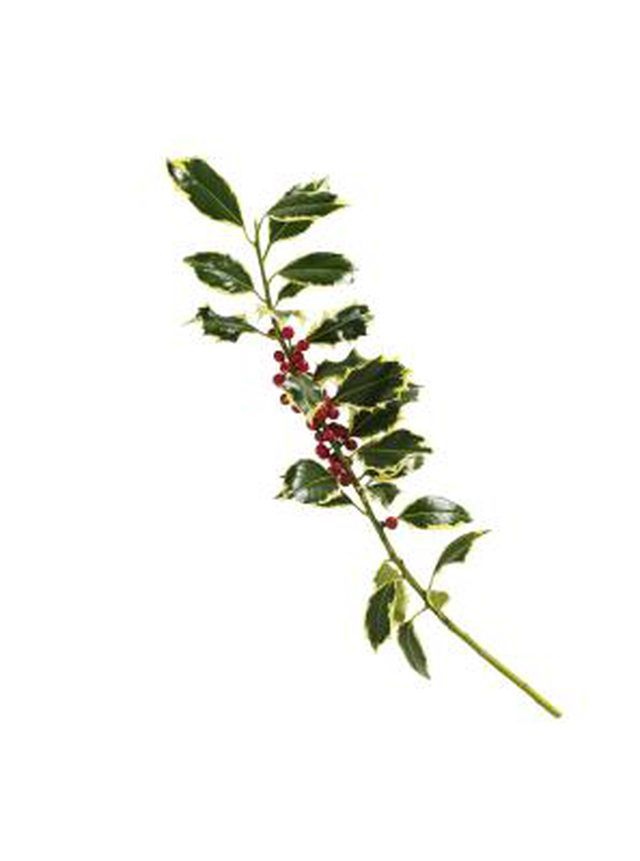Bulbs
Flower Basics
Flower Beds & Specialty Gardens
Flower Garden
Garden Furniture
Garden Gnomes
Garden Seeds
Garden Sheds
Garden Statues
Garden Tools & Supplies
Gardening Basics
Green & Organic
Groundcovers & Vines
Growing Annuals
Growing Basil
Growing Beans
Growing Berries
Growing Blueberries
Growing Cactus
Growing Corn
Growing Cotton
Growing Edibles
Growing Flowers
Growing Garlic
Growing Grapes
Growing Grass
Growing Herbs
Growing Jasmine
Growing Mint
Growing Mushrooms
Orchids
Growing Peanuts
Growing Perennials
Growing Plants
Growing Rosemary
Growing Roses
Growing Strawberries
Growing Sunflowers
Growing Thyme
Growing Tomatoes
Growing Tulips
Growing Vegetables
Herb Basics
Herb Garden
Indoor Growing
Landscaping Basics
Landscaping Patios
Landscaping Plants
Landscaping Shrubs
Landscaping Trees
Landscaping Walks & Pathways
Lawn Basics
Lawn Maintenance
Lawn Mowers
Lawn Ornaments
Lawn Planting
Lawn Tools
Outdoor Growing
Overall Landscape Planning
Pests, Weeds & Problems
Plant Basics
Rock Garden
Rose Garden
Shrubs
Soil
Specialty Gardens
Trees
Vegetable Garden
Yard Maintenance
Diseases of Burford Holly Bushes
Diseases of Burford Holly Bushes. Ilex cornuta, or Burford holly (sometimes misspelled Buford), is a perennial evergreen shrub. It is also called Chinese holly and originally was native to northern Asia. This glossy-leaved plant is a common landscaping choice but may suffer from a number of diseases.

Ilex cornuta, or Burford holly (sometimes misspelled Buford), is a perennial evergreen shrub. It is also called Chinese holly and originally was native to northern Asia. This glossy-leaved plant is a common landscaping choice but may suffer from a number of diseases.
Cylindrocladium Leaf Spot
Cylindrocladium leaf spot is a fungal disease common on Burford, American, Japanese and yaupon holly, according to the Alabama Cooperative Extension Service. It appears as small yellow spots on the leaves and may cause significant leaf drop. Treat this disease with fungicide in nursery conditions, but use chemical treatments sparingly in landscaping plants.
Anthracnose
Anthracnose is a fungal disease that can inflict brownish leaf blotches and pinkish orange spore masses on hollies. According to the Alabama Cooperative Extension Service, it is most common on hollies in the southeast United States. Anthracnose may cause shoot die-off on Burford hollies and should be managed with late spring applications of fungicide.
Botryosphaeria Canker
Botryosphaeria canker disease appears on nearly all hollies, including Burford. It often develops shortly after very high or low temperature exposure, or during a serious drought. Hollies with this canker show yellow and prematurely falling leaves, twig die-back and shrunken or cracked bark. Control this disease by watering the holly well and pruning damaged branches back to green wood.